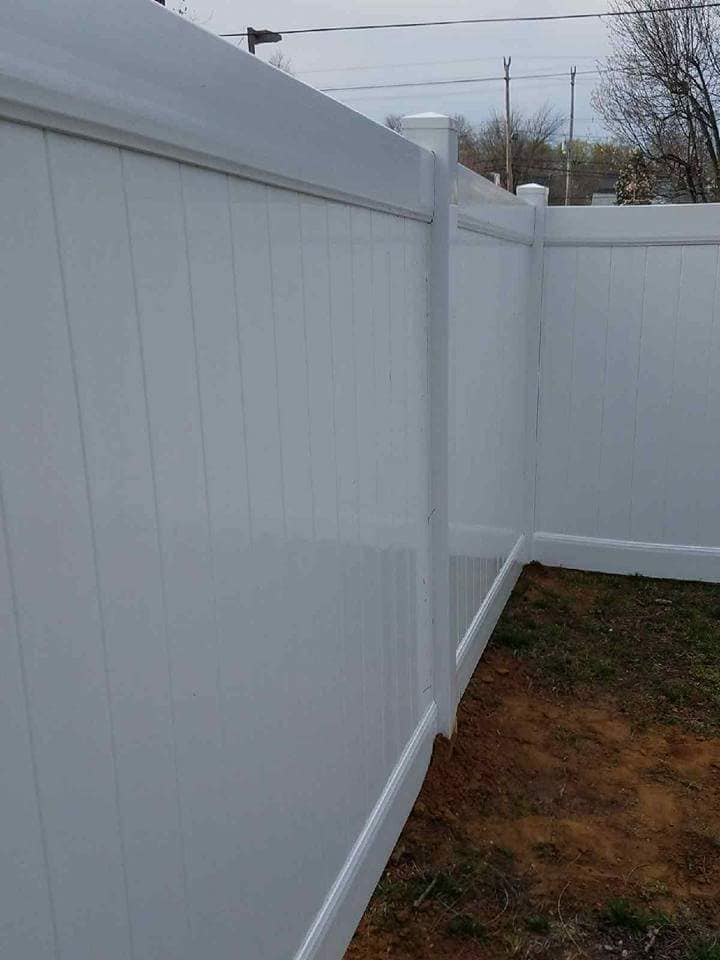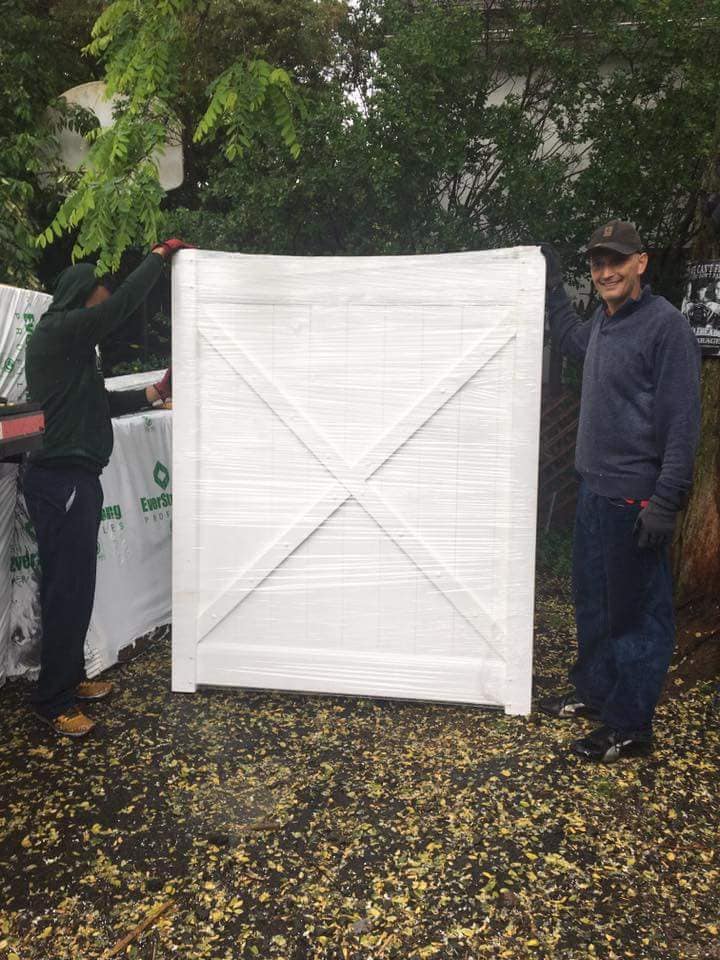Introduction
When it comes to fencing options, chain link fencing often flies under the radar. While it may not have the aesthetic appeal of a wooden or vinyl fence, it offers a multitude of practical benefits that make it a popular choice for both residential and commercial properties. In this comprehensive guide, we’ll delve deep into the world of chain link fencing—its types, uses, installation processes, and much more.
So, what makes chain link fencing a viable option? Let’s find out!
Understanding Chain Link Fencing Options: Types and Uses Explained
Chain link fencing is constructed from woven wire that forms a diamond pattern. This versatile material can be used for various applications, from securing your backyard to enclosing industrial properties. But before you jump into fence installation, there are some key aspects you should consider.
1. The Basics of Chain Link Fencing
What is Chain Link Fencing?
Chain link fencing is made from steel wire that is bent into a zig-zag pattern and then woven together. The result? A sturdy yet flexible barrier that can be used for security or simply as a boundary marker.

Key Features of Chain Link Fencing
- Durability: Made primarily from galvanized steel or vinyl-coated wire. Low Maintenance: Requires minimal upkeep compared to wood or vinyl. Visibility: Allows light and air to pass through while still providing security. Cost-Effective: Generally cheaper than other types of fences.
2. Types of Chain Link Fences
Chain link fences come in various styles and coatings that can enhance their functionality and appearance.
2.1 Standard Galvanized Chain Link Fence
This is the most common type, featuring an uncoated steel wire that’s resistant to rust and corrosion.
2.2 Vinyl-Coated Chain Link Fence
For those seeking aesthetics along with functionality, vinyl-coated options come in various colors like black, green, or brown. They offer additional protection against rust.
2.3 Privacy Slats in Chain Link Fencing
Want some privacy without sacrificing visibility? Privacy slats can be inserted into the chain links to create a solid barrier.


3. Benefits of Chain Link Fencing
So why choose chain link over other types like wood or vinyl? Here are some compelling reasons:
3.1 Affordability
When comparing fence installation costs, chain link often emerges as the budget-friendly champion. It’s not just about initial costs; its longevity means fewer replacements down the line.
3.2 Versatility
Whether you need residential fence installation around your home or commercial fence installation for your business property, chain link fits the bill perfectly.
4. Common Uses for Chain Link Fencing
Knowing where to use chain link fencing can help you maximize its benefits effectively:
4.1 Residential Applications
Ideal for backyards, gardens, dog runs, or swimming pools due to its visibility and security features.
4.2 Commercial Applications
Perfect for industrial sites, warehouses, or businesses requiring secure perimeters without obstructing visibility.
5. Installation Process for Chain Link Fences
Thinking about taking on this project yourself? Here’s an overview of what you’ll need to do:
5.1 Planning Your Project
Before jumping into fence post installation:
- Check local zoning laws regarding height restrictions. Measure your area accurately.
5.2 Gathering Materials & Tools
You’ll need:
- Steel posts Top rails Chain link fabric Tension bands Tools like post hole diggers and wrenches
5.3 Installing Fence Posts
Start by digging holes for your posts at intervals (typically 6 to 10 feet apart). Make sure these are deep enough for stability!
FAQ Section
1. What is the average cost for chain link fence installation?
The average cost varies based on material quality but typically ranges from $10 to $20 per linear foot including labor if you hire professional fence installers.
2. How long does chain link fencing last?
With proper maintenance and treatment against rusting (if galvanized), a chain link fence can last anywhere from 15 to 20 years!
3. Can I install my own chain link fence?
Absolutely! With some DIY skills and proper tools, you can tackle this project on your own—but hiring licensed fence contractors ensures it's done right!
4. Is chain link fencing suitable for dogs?
Yes! It's an excellent choice for dog containment as fence contractors it provides visibility while keeping pets safe within boundaries.
5. Do I need a permit for installing a chain link fence?
Depending on your location's regulations regarding fences—yes! Always check local laws before beginning any construction project.
6. Can I customize my chain link fence?
Definitely! You can choose different heights, colors (with vinyl coating), and even add decorative elements such as slats for added privacy.
Conclusion
In summary, understanding chain link fencing options opens up a world of possibilities when it comes to securing your property—be it residential or commercial needs! With myriad choices available—from standard galvanized options to stylish vinyl-coated varieties—there’s no denying that chain link fencing stands out as an affordable and practical solution.
Remember that whether you're considering DIY installation or opting for professional services like licensed fence contractors—or even exploring custom designs—it's all about finding what best suits your unique requirements.
So why wait any longer? Take charge today and explore how installing a robust yet versatile chain-link fence can transform your space!
This article has covered many aspects related to "Understanding Chain Link Fencing Options: Types and Uses Explained," ensuring you have all the necessary information at hand when considering this type of fencing option!